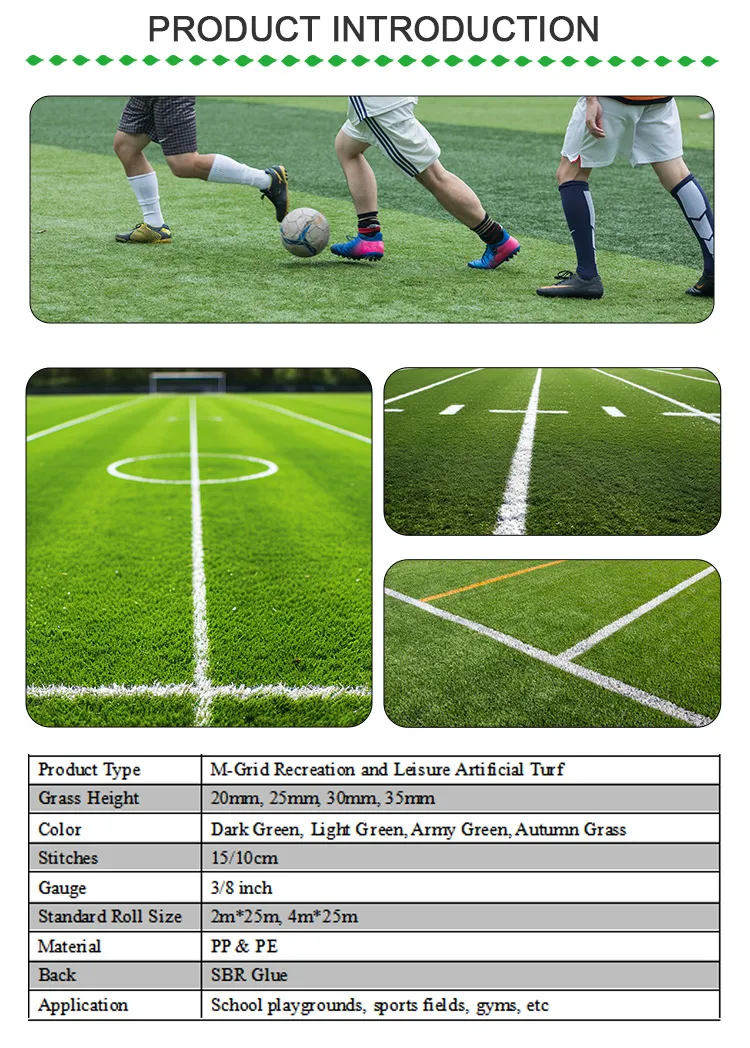
- Afrikaans
- Arabic
- Belarusian
- Bengali
- Czech
- Danish
- Dutch
- English
- Esperanto
- Estonian
- Finnish
- French
- German
- Greek
- Hindi
- Hungarian
- Icelandic
- Indonesian
- irish
- Italian
- Japanese
- kazakh
- Rwandese
- Korean
- Kyrgyz
- Lao
- Latin
- Latvian
- Malay
- Mongolian
- Myanmar
- Norwegian
- Persian
- Polish
- Portuguese
- Romanian
- Russian
- Serbian
- Spanish
- Swedish
- Tagalog
- Tajik
- Thai
- Turkish
- Turkmen
- Ukrainian
- Urdu
- Uighur
- Uzbek
- Vietnamese
cost of replacing grass with artificial turf
Oct . 10, 2024 17:27 Back to list
The Cost of Replacing Grass with Artificial Turf An In-Depth Analysis
In recent years, artificial turf has gained popularity as an alternative to natural grass in residential lawns, sports fields, and public parks. While there are numerous advantages to opting for synthetic grass, such as reduced maintenance and water savings, one predominant factor remains a concern for many homeowners and facility managers the cost of replacing grass with artificial turf. This article will explore the financial implications of making this switch, providing a breakdown of initial investments, ongoing expenses, and long-term benefits.
Initial Investment
The first step in evaluating the cost of transitioning from grass to artificial turf is the initial investment. The price of purchasing and installing artificial turf can vary significantly based on factors like quality, brand, and the size of the area being covered. On average, homeowners can expect to spend between $5 to $20 per square foot for artificial turf, which includes both the material and installation costs. For a typical residential lawn of 1,000 square feet, this could translate to an initial one-time cost of anywhere from $5,000 to $20,000.
Additional factors such as site preparation can also affect costs. Before installation, the existing grass must be removed, and the soil may need to be leveled and compacted, potentially adding another $1 to $3 per square foot. Thus, for an area of 1,000 square feet, the total cost can escalate to between $6,000 and $23,000, depending on specific requirements.
Ongoing Maintenance Costs
One of the key attractions of artificial turf is the reduced maintenance costs compared to natural grass. While natural grass requires regular mowing, watering, fertilizing, and pest control, synthetic turf typically necessitates only occasional cleaning. This cleaning can involve hosing down the surface, using a broom to eliminate debris, and applying infill to maintain proper surface integrity.
cost of replacing grass with artificial turf

In terms of cost, homeowners can save significantly on their water bills alone. According to some estimates, replacing natural grass with artificial turf can reduce outdoor water usage by up to 70%, translating into hundreds of dollars in savings each year, particularly in arid regions. Additionally, since synthetic turf does not require mowing, families can save on gasoline and maintenance for their lawnmowers.
Long-term Benefits
While the initial cost of artificial turf may seem daunting, it’s essential to consider its long-term benefits. One of the most significant advantages is durability. High-quality artificial turf can last anywhere from 15 to 25 years, depending on usage and proper care. Once installed, the ongoing costs are minimal, and there is no need for annual re-sodding or reseeding.
The environmental impact is another crucial aspect to consider. By conserving water and eliminating the need for chemical fertilizers and pesticides, artificial turf is often regarded as a more eco-friendly option. Additionally, it provides a consistently green appearance year-round without the complications posed by seasonal changes.
Conclusion
In summary, while the initial cost of replacing grass with artificial turf can be significant, the long-term savings and benefits may outweigh the upfront expenses. Reduced maintenance, water conservation, and increased durability make artificial turf an attractive option for many homeowners and organizations. Ultimately, making the switch requires careful consideration of both financial implications and personal preferences. As synthetic options continue to evolve, it is likely that more people will find value in investing in this durable, low-maintenance alternative to natural grass.
-
The Benefits of Artificial Turf for Indoors
NewsJul.15,2025
-
How Artificial Grass Suppliers Ensure Quality Products
NewsJul.15,2025
-
Artificial Grass and Pets: A Space for Relaxation
NewsJul.08,2025
-
Balcony & Outdoor Decoration with Artificial Grass
NewsJul.08,2025
-
Best Indoor Artificial Grass for Home
NewsJul.07,2025
-
Best Pet Turf for Dogs: Safe & Durable Artificial Grass Options
NewsJul.07,2025
Products categories









